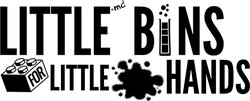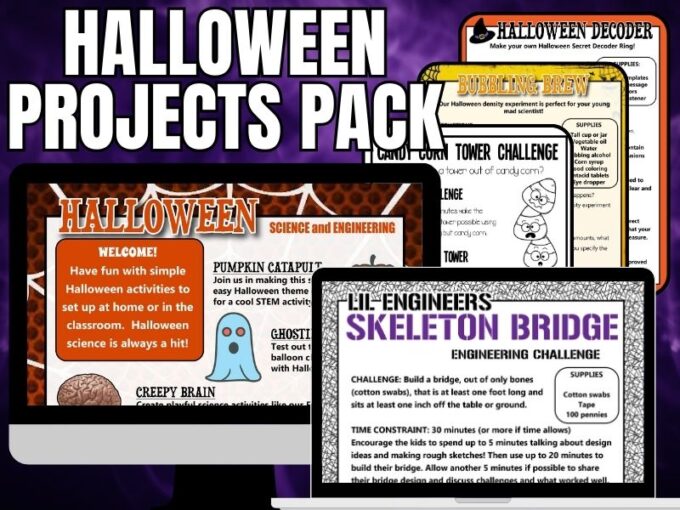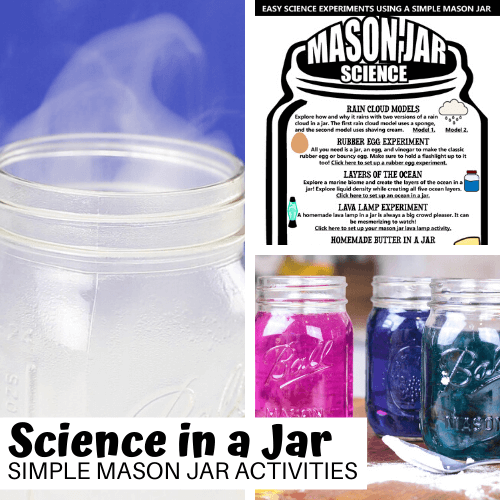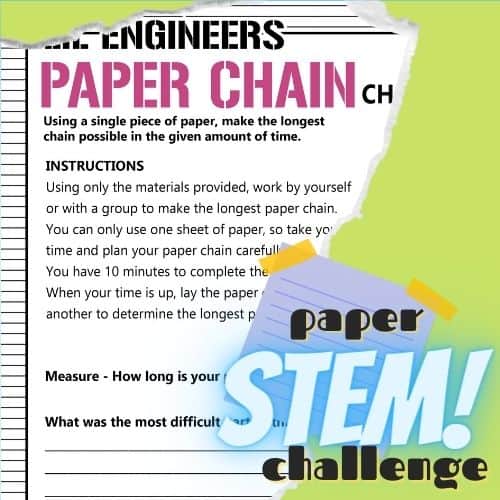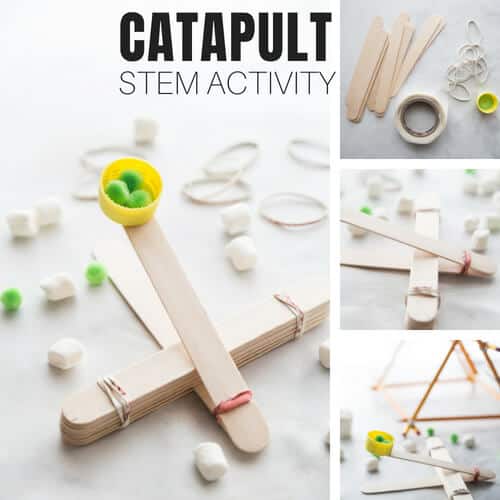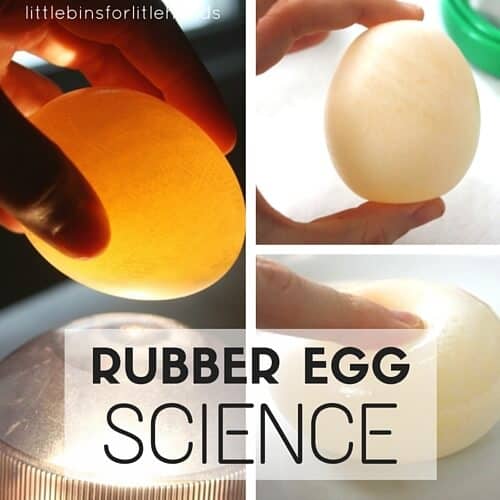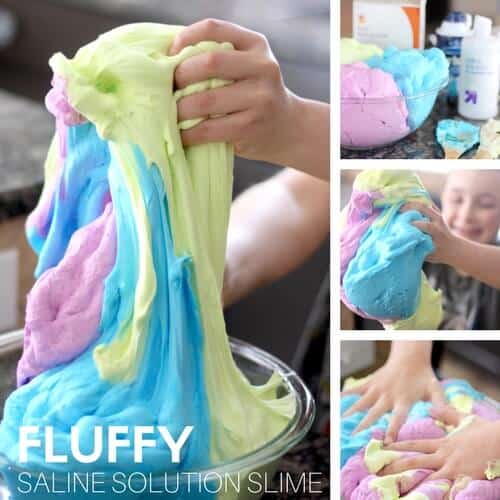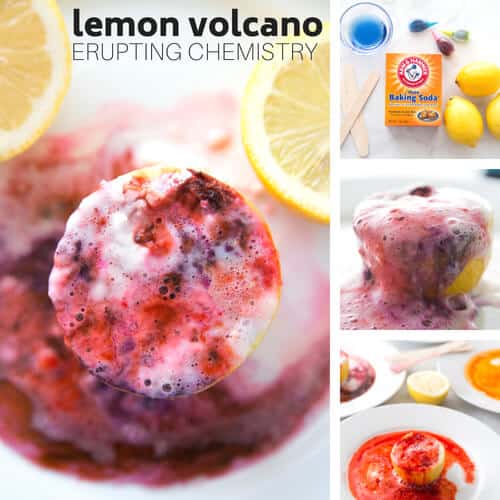Halloween is a fantastic time to explore classic chemistry for kids with a twist! Test out this self inflating balloon project with Halloween balloons! It’s a must save science experiment for fizzing Halloween baking soda and vinegar science, Just a few simple ingredients from the kitchen and you have an amazing chemical reaction for kids at your fingertips. Check out Halloween science you can actually play with too!
GHOST BALLOON EXPERIMENT FOR HALLOWEEN

HALLOWEEN SCIENCE ACTIVITIES
It’s easy to self-inflate balloons with this simple chemical reaction kids can easily do!
It’s so easy to set up this Halloween science experiment with balloons, baking soda, and vinegar. Dip into the recycling bin for water bottles! Grab some fun novelty balloons and stock up on baking soda and vinegar.
Check our some of our other favorite fizzing experiments!
CHEMISTRY FOR KIDS
Let’s keep it basic for our younger or junior scientists! Chemistry is all about the way different materials are put together, and how they are made up including atoms and molecules. It’s also how these materials act under different conditions. Chemistry is often a base for physics so you will see overlap!
What might you experiment within chemistry? Classically we think of a mad scientist and lots of bubbling beakers, and yes there is a reaction between bases and acids to enjoy! Also, chemistry involves matter, changes, solutions, and the list goes on and on.
We will be exploring simple chemistry you can do at home or in the classroom that isn’t too crazy, but is still lots of fun for kids! You can check out some more chemistry activities here.
Click below for your FREE Halloween Activities
HALLOWEEN BALLOON EXPERIMENT
YOU WILL NEED:
- Baking Soda
- Vinegar
- Empty Water Bottles
- Novelty Balloons
- Measuring Spoons
- Funnel (optional but helpful)
Tip: Don’t have novelty Halloween balloons? Draw your own ghost faces with black markers!
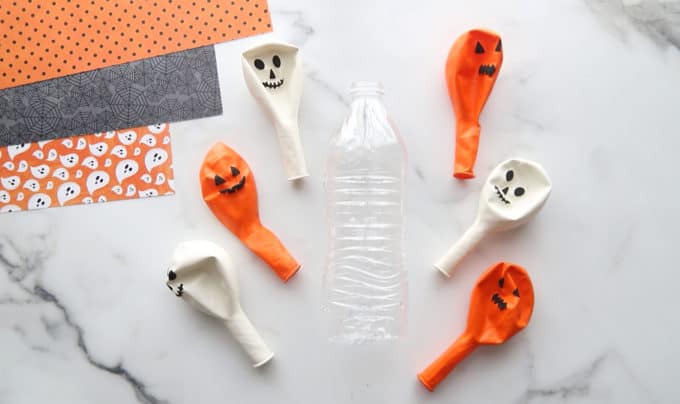
HOW TO SET UP THE HALLOWEEN BALLOON EXPERIMENT
STEP 1. Blow up the balloon a bit to stretch it out some. Then use the funnel and teaspoon to add baking soda to the balloon. We started with 2 teaspoons and added an extra teaspoon for each balloon.
Tip: My son suggested we try different amounts of baking soda in our balloon experiment to see what would happen. Always encourage your kids to ask questions and wonder about what will happen if…
This is a great way to encourage inquiry, observation skills, and critical thinking skills. You can read more about teaching the scientific method for kids here.
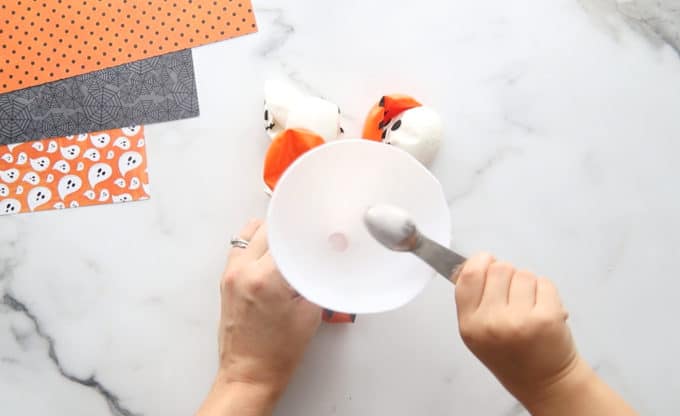
STEP 2. Fill the containers with vinegar halfway.
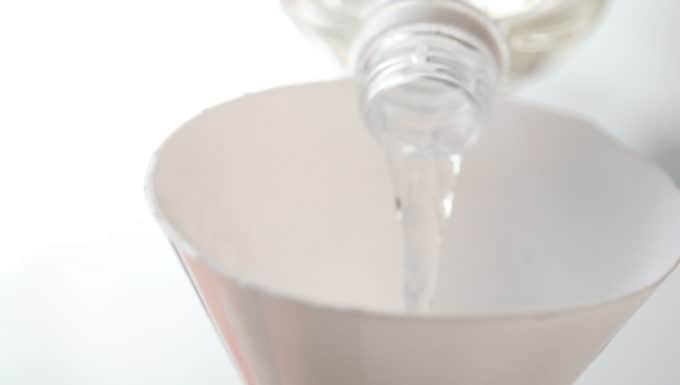
STEP 3. When your balloons are all made attach to the containers making sure you have a good seal!
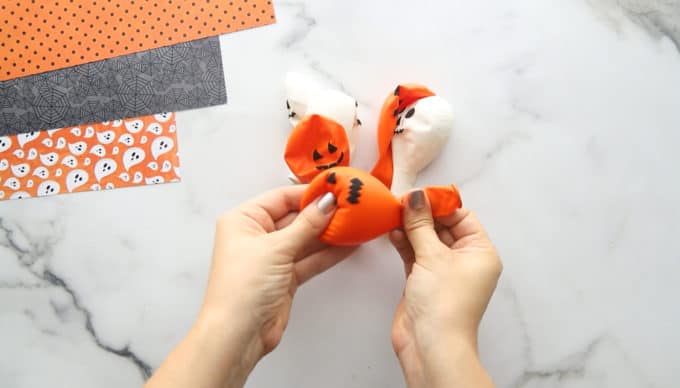
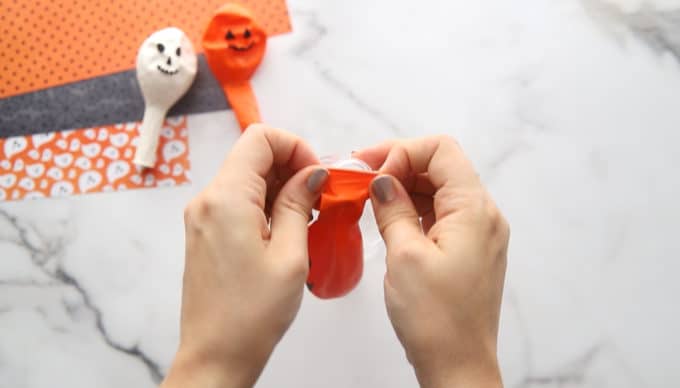
STEP 4. Lift up the balloon to dump the baking soda into the container of vinegar. Watch the balloon fill up!
TIP: To get the most gas out of it, swirl around the container a bit.
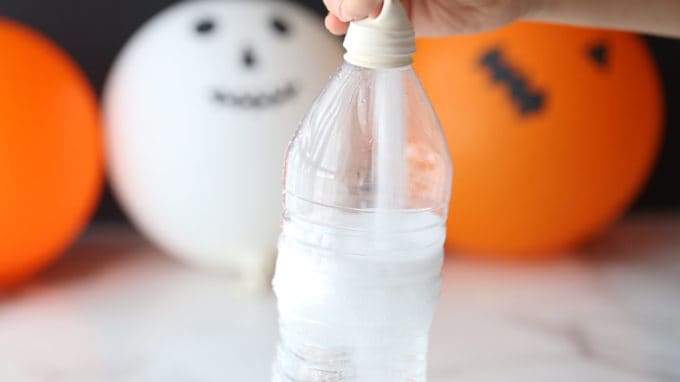
Make predictions! Ask questions! Share observations!
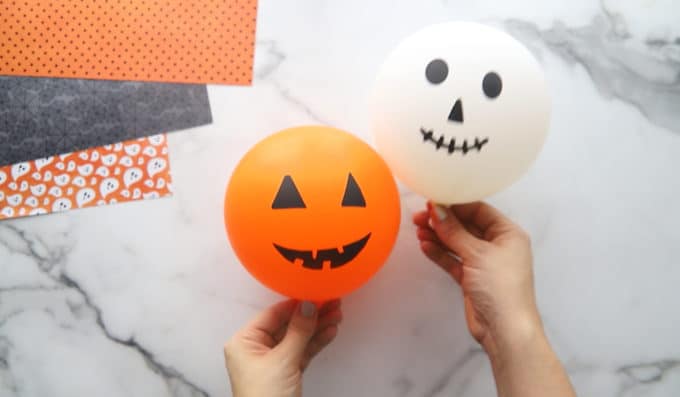
WHY DOES THE BALLOON EXPAND?
The science, behind this balloon baking soda experiment, is the chemical reaction between the base {baking soda} and the acid {vinegar}. When the two ingredients combine the balloon experiment gets it’s lift!
That lift is the gas produced called carbon dioxide or CO2. The gas fills the space in the plastic container, and then moves up into the balloon because of the tight seal you have created. The balloon inflates because the gas has nowhere else to go!
BALLOON EXPERIMENT VARIATION
Here’s an additional balloon experiment to try:
- Inflate one balloon using the baking soda and vinegar reaction and tie it off.
- Next, blow up another balloon using your own carbon dioxide to about the same size or as close as possible, and tie it off.
- Hold both balloons at arm’s length from your body. Let go!
What happens? Does one balloon fall at a different speed than the other? Why is this? Although both balloons are filled with the same gas, the one you blew up is not as concentrated with pure CO2 as the one blown up with baking soda and vinegar.
MORE FUN HALLOWEEN ACTIVITIES


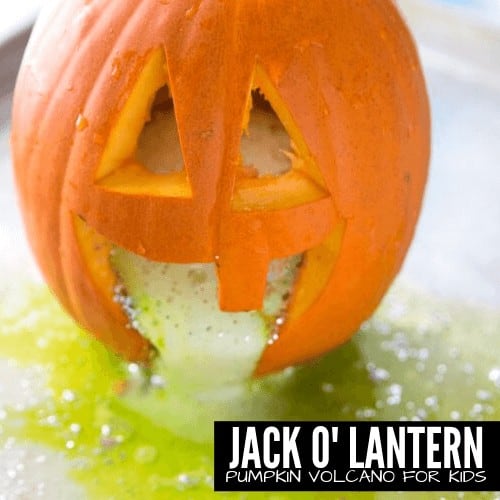
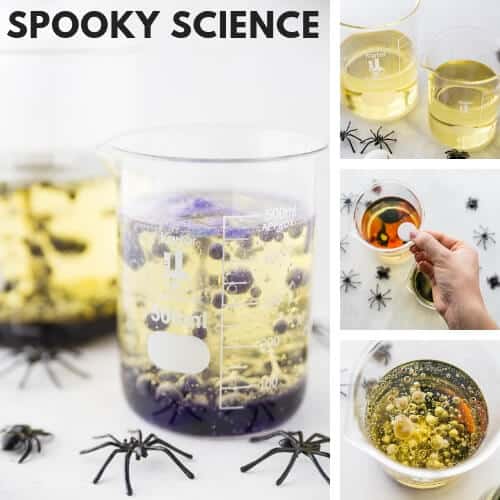
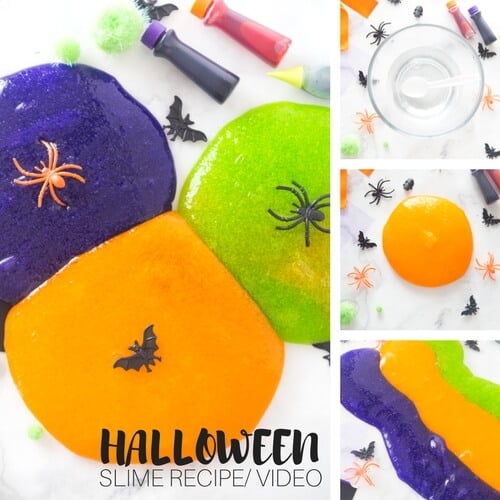
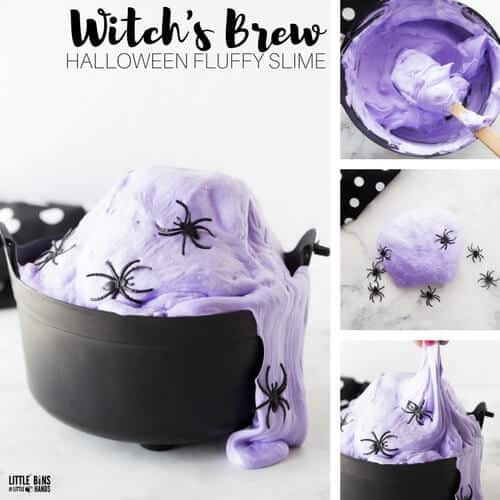
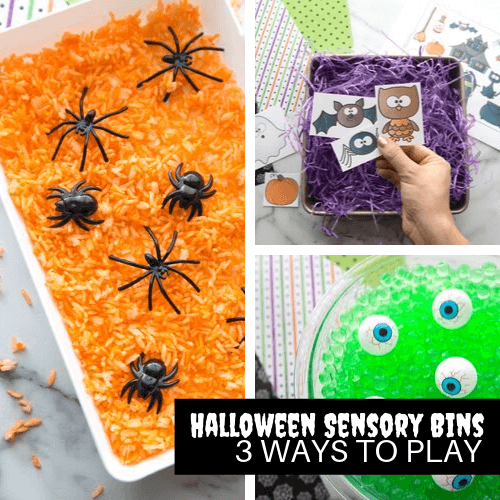
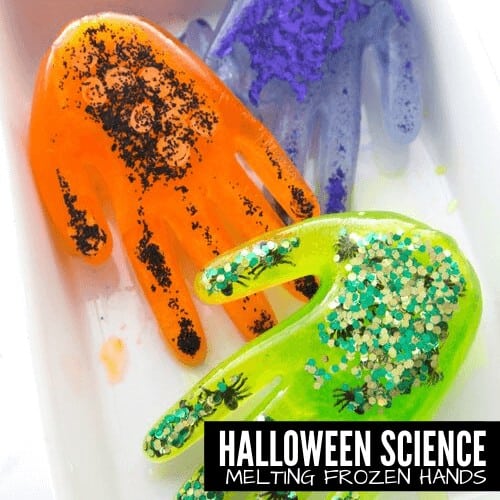
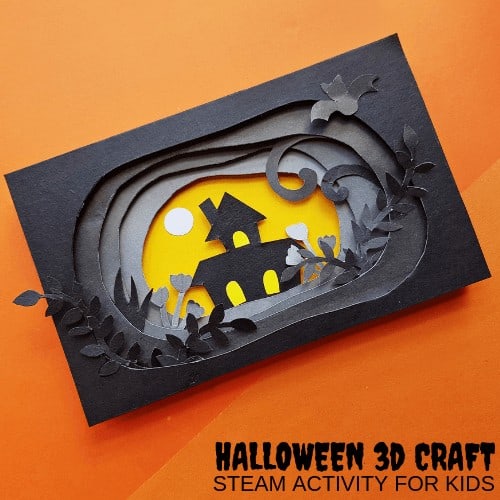
More Fun Things To Do This Halloween
- Halloween Science Experiments
- Halloween STEM Activities
- Halloween Art Projects, and Crafts Too!
- Halloween Board Games
Printable Halloween STEM Activities Pack
150+ Pages of Halloween-Themed Materials!
This Halloween project pack is suitable for home, school, and group use for kids in grades Kindergarten through elementary but is scaleable for many ages and abilities.
What’s Included:
- 25+ Halloween theme science and STEM activities with printable sheets, instructions, and useful information all using easy-to-source materials perfect for limited-time needs. Includes a Halloween engineering pack with fun, problem-based challenges for kids to solve!
- The skeleton activity pack includes building a skeleton challenge and a coding challenge! Try a skeleton bones bridge-building STEM challenge!
- Halloween theme brick printable activities for hands-on learning with math that is perfect for early finishers or home fun and reinforces basic math concepts.
- Bonus fun pack includes games and activities to round out your Halloween theme activities such as I Spy, bingo, matching, Would You Rather cards, scavenger hunt, word search, A-Z Halloween hunt, and a coloring page.
- Halloween STEAM Pack includes artist-inspired projects by Warhol, Lichtenstein, and more!
